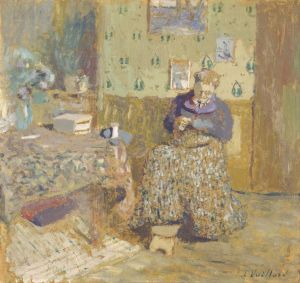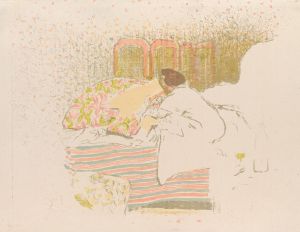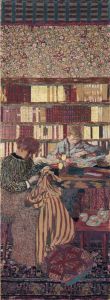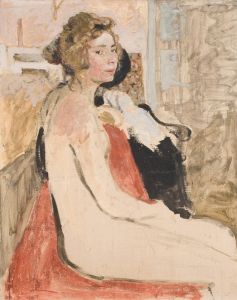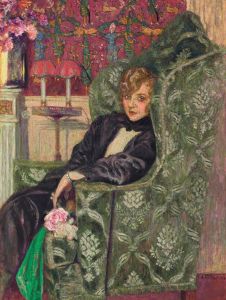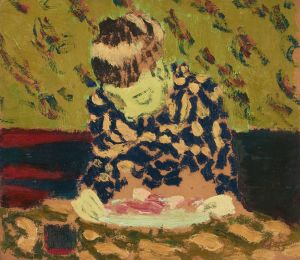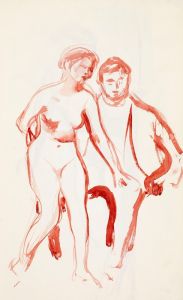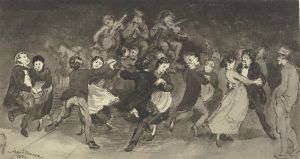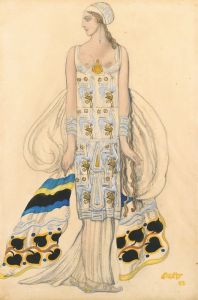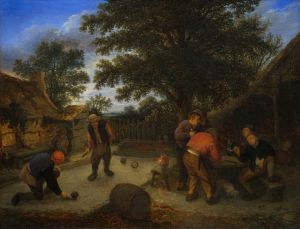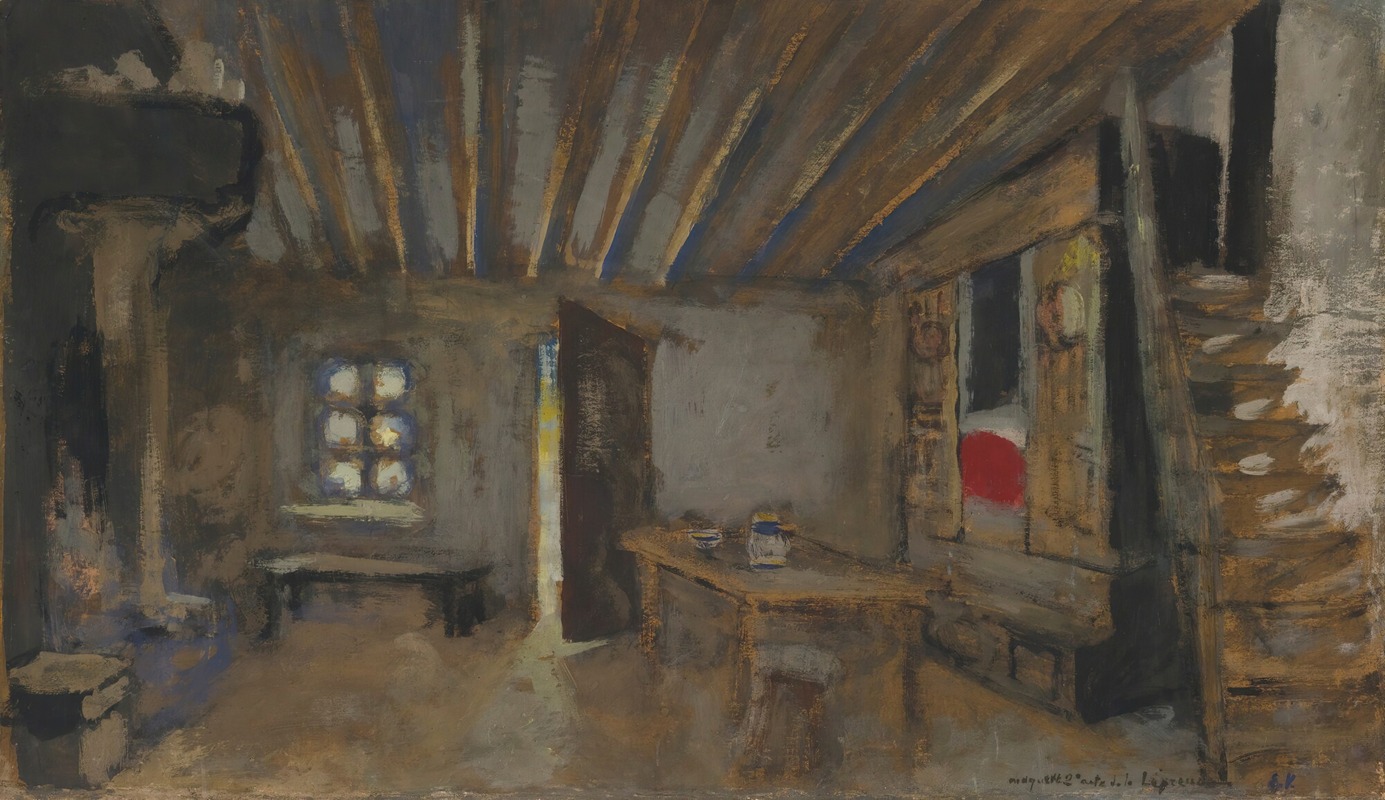
Intérieur D’auberge, Maquette De Décor Pour ‘la Lépreuse’
A hand-painted replica of Édouard Vuillard’s masterpiece Intérieur D’auberge, Maquette De Décor Pour ‘la Lépreuse’, meticulously crafted by professional artists to capture the true essence of the original. Each piece is created with museum-quality canvas and rare mineral pigments, carefully painted by experienced artists with delicate brushstrokes and rich, layered colors to perfectly recreate the texture of the original artwork. Unlike machine-printed reproductions, this hand-painted version brings the painting to life, infused with the artist’s emotions and skill in every stroke. Whether for personal collection or home decoration, it instantly elevates the artistic atmosphere of any space.
Édouard Vuillard, a prominent French painter and a key member of the Nabis group, is known for his intimate domestic interiors and nuanced use of color and pattern. One of his lesser-known works, "Intérieur D’auberge, Maquette De Décor Pour ‘la Lépreuse’," serves as a fascinating example of his involvement in theater and set design, an aspect of his career that is often overshadowed by his paintings.
Vuillard was born in 1868 in Cuiseaux, France, and studied at the Académie Julian and the École des Beaux-Arts in Paris. He became associated with the Nabis, a group of avant-garde artists who sought to break away from the Impressionist tradition and explore new symbolic and decorative approaches to art. Vuillard's work is characterized by its focus on intimate, domestic scenes, often featuring his family and friends in richly patterned interiors.
"Intérieur D’auberge, Maquette De Décor Pour ‘la Lépreuse’" is a maquette, or scale model, created as a set design for the play "La Lépreuse" by the French playwright Henry Bataille. Vuillard's involvement in theater set design began in the 1890s, and he collaborated with several playwrights and theater directors throughout his career. His work in this field allowed him to explore the interplay of space, color, and light in a three-dimensional context, which in turn influenced his painting.
The maquette for "La Lépreuse" reflects Vuillard's keen interest in creating atmospheric environments that enhance the narrative of the play. Although specific details about the design of this particular maquette are scarce, Vuillard's set designs typically featured his signature use of pattern and color to create a sense of depth and mood. His approach to set design was innovative for its time, as he sought to create immersive environments that went beyond mere backdrops, instead becoming integral to the storytelling.
Vuillard's work in theater set design was part of a broader trend among artists of the period who were exploring the connections between visual art and other forms of cultural production. This interdisciplinary approach was characteristic of the Nabis, who were influenced by Symbolism and the Arts and Crafts movement, and who sought to integrate art into everyday life.
While Vuillard is primarily celebrated for his paintings, his contributions to theater set design demonstrate his versatility and his commitment to exploring new artistic avenues. "Intérieur D’auberge, Maquette De Décor Pour ‘la Lépreuse’" is a testament to his ability to translate his painterly sensibilities into the realm of theater, creating environments that are both visually compelling and deeply connected to the narratives they support.
Vuillard continued to work in both painting and theater set design until his death in 1940. His legacy is marked by his unique ability to capture the subtleties of domestic life and his innovative contributions to the visual and performing arts.





